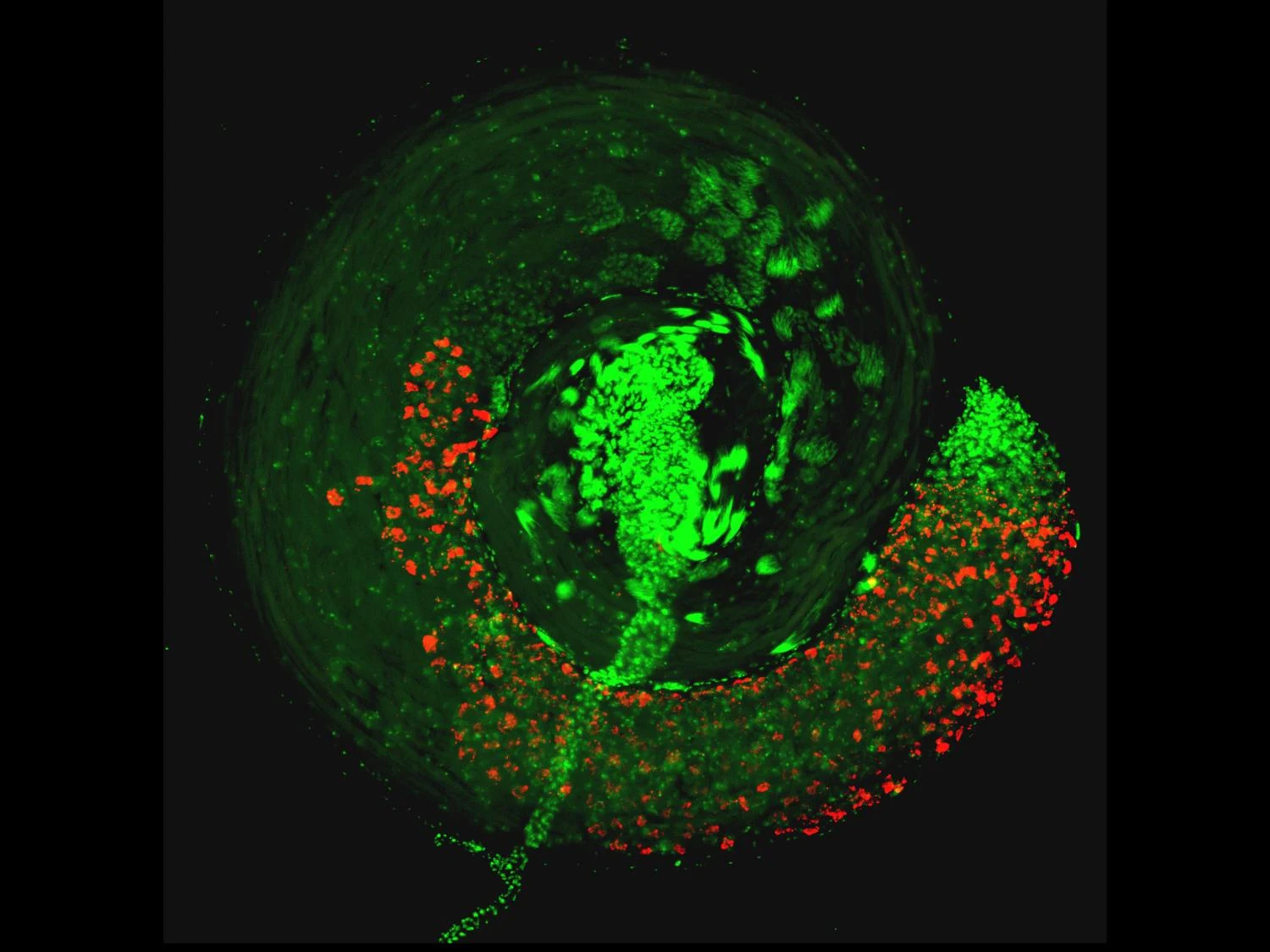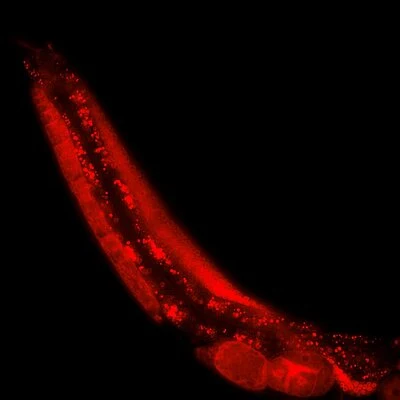Alaska dinosaur tracks reveal a lush, wet environment | Geophysical Institute
About 100 million yearsd before creationism's god decided to create a small flat planet with a dome over it to keep the water about its sky out, there were dinosaurs living in what is now northern Alaska. The problem for creationists is that the people who wrote their favourite creation myths were ignorant both of dinosaurs and Alaska so had no idea their tales needed to include something about them, which is why everything they wrote about either happened within a day or two's walk if the Canaanite Hills or were plagiarized from nearby cultures.
Now a team of paleontologists and archaeologists have discovered fossilised dinosaur footprints and the remains of plants in the Nanushuk Formation that show the climate there was warmer and wetter than today, at a time when species were migrating over the landbridge between Siberia in Asia and North America.
Unlike the Paluxy hoax, which had creationists fooled for the best part of a decade, there were no human footprints (hand-carved or otherwise) associated with these dinosaur tracks.
Because creationists will try to falsify the aging of the Nanshuk Formation, claiming the method must have been flawed to such an extent that if made 10,000 years or less look like 100 million years, here is actually how the dating was done - it’s; those dreaded zircons in volcanic deposits again, plus stratigraphy based on index fossils found in rocks of known age:
Do you have any information on the Nanushuk Formation in northern Alaska and how its age was estimated? The Nanushuk Formation is a geological formation located in northern Alaska, particularly in the North Slope region. It is primarily composed of sandstone, siltstone, and shale, and it contains significant oil and gas reserves. The formation is of great interest to geologists and petroleum geologists due to its hydrocarbon potential.The team, led by Dr. Anthony R. Fiorillo of the New Mexico Museum of Natural History & Science, Albuquerque, USA and including Professor Paul McCarthy of University of Alaska Fairbanks (UAF) College of Natural Science and Mathematics, have published their findings open access in the journal Geosciences. It is explained in a UAF news item:
The age of the Nanushuk Formation has been estimated through various methods, including biostratigraphy and radiometric dating of volcanic ash layers within the formation. Biostratigraphy involves the study of fossil assemblages found within the rocks to determine their relative ages. By comparing the fossils present in the Nanushuk Formation to those found in other formations with well-established ages, geologists can infer the approximate age of the Nanushuk Formation.
Additionally, radiometric dating techniques, such as radiocarbon dating or uranium-lead dating, can be used to determine the absolute ages of specific minerals or volcanic ash layers within the formation. These methods rely on the decay of radioactive isotopes within the rocks to estimate the time since their formation.
Through a combination of these techniques, geologists have estimated that the Nanushuk Formation was deposited during the Late Cretaceous period, approximately 70 to 80 million years ago. However, the precise age estimates may vary depending on the specific location within the formation and the methods used for dating.







































